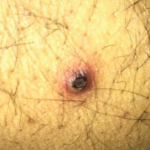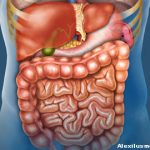“A more profound problem than distinguishing UC from CD is to accurately phenotype a patient in a manner that predicts disease course, response to therapy and risk of complications. Genetic studies have highlighted a shared and distinct pathophysiology that exists between UC and CD, but have largely been disappointing with respect to predicting clinical outcomes for patients,” he notes.
Like the authors, Dr. Cohen is optimistic that the newly identified biomarkers “in future, longitudinal studies may provide the type of clinical information that not only distinguishes UC from CD, but actually predicts patient outcomes more accurately.”
ad goes here:advert-1
ADVERTISEMENT
SCROLL TO CONTINUE
The study had no commercial funding, and the authors declared no competing interests.

